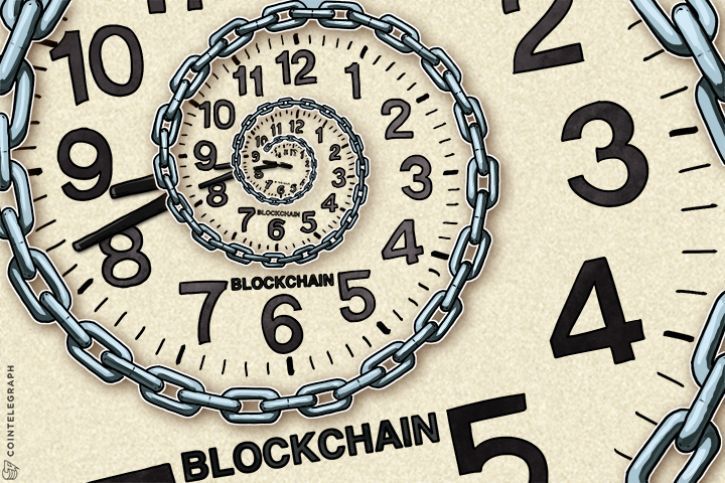Great Britain’s upper chamber of parliament, the House of Lords, has recommended the exploration of the possible various applications of Blockchain or distributed ledger technology (DLT) across government services.
The House added that the government should study the possibility of using the technology in such sectors as national security and public safety, healthcare, cybersecurity and customs and immigration.
In its report, the Upper Chamber stressed that there are a lot of opportunities for DLT across government services. It also claimed that the adoption of Blockchain in the public sector could change the relationship between the government and its citizens through the technology’s decentralized trust mechanisms.
In his foreword to their report, lead author Lord Christopher Holmes claimed that the DLT can play a key role in improving government services and solidifying the country’s competitive position as a global leader in technology-based innovations.
Other highlights of the report
Aside from the possible benefits of the technology, the report cited the risks associated with its adoption because it is still new and “immature.” It presented as examples the risks related to the conduct of initial coin offerings (ICO), as well as the “unresolved issues” that could endanger the systems that will use it.
The house also claimed that “greater leadership” from the government is required to improve decision-making and the delivery of public services. It recommended that serious political will should be adopted to pursue initiatives in researching, developing standards, conducting tests, and enhancing cross-departmental collaboration with respect to DLT.
Previous parliamentary works on the technology
The British parliament has already worked on the technology in the past. In mid-2016, a House of Lords committee hosted a hearing on DLT and its possible effect(s) on finance and government.
Despite its acknowledgment of the potential of the technology, the committee adopted a somewhat critical tone on the technology then.
Secret symbol № 15: W What is this?


